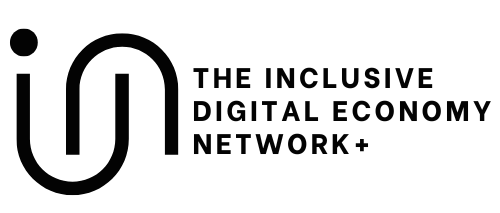A holistic approach at INCLUDE+ refers to an inclusive and comprehensive overview of different factors of people’s lives and how these translate and manifest within digital [in]equity.
A holistic approach in community settings allows for a broader and more nuanced analysis of the various interconnected factors and dimensions impacting a community’s wellbeing.
At INCLUDE+ we want to acknowledge that a community is made up of diverse individuals with different identities, backgrounds, and experiences and that addressing their needs and challenges requires a comprehensive understanding of their intersecting identities and social contexts.
A holistic approach should also be recognised in the way we approach digital equity. As covered by our Meaningful Digital Inclusion Principle, it is not just about getting people online, but also about addressing the broader barriers and challenges that people may face in adopting and benefiting from digital technologies.
Criteria:
- Inclusivity of diverse identities, backgrounds, and experiences in project planning and implementation.
- Consideration of interconnected factors (social, economic, cultural) affecting digital equity.
- Integration of digital inclusion efforts with broader community well-being initiatives.
Examples of evaluation questions:
- Does the project consider the full spectrum of factors affecting digital equity within the target community?
- How are the intersecting identities and experiences of community members addressed in project activities?
- In what ways does the project link digital inclusion to other aspects of community welfare and development?

